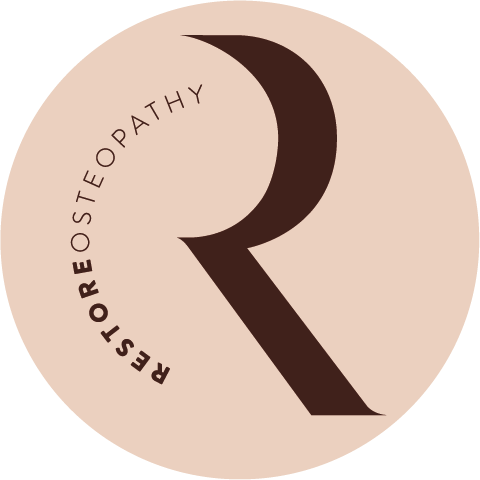6 ways to manage pain at home, from an Osteopath
As an Osteopath, I often get asked about how patients can manage their pain at home. While it's important to see a professional for a proper diagnosis and treatment plan, there are some self-care techniques that can help alleviate pain and discomfort. Here are some of the best ways to manage pain at home:
Rest
Rest is an important part of the healing process, especially when the pain is acute. Pain signals are your body’s way of trying to stop you from causing further irritation or damage. This is why it’s important not to push through those pain signals and to avoid activities that aggravate the pain. But remember, rest is only a small part of the recovery process, it's important to find a balance between rest and rehabilitation exercise, your Osteopath will help you with this.
2. Exercise Rehabilitation
Gentle exercise can help improve circulation, reduce stiffness and promote healing. Your Osteopath will provide you with an exercise programme including exercises to strengthen any weak muscles, stretches for tight muscles and mobility for stiff joints. We also recommend going for short walks throughout the day to keep your body moving as too much time sitting or lying down can lead to your body stiffening up.
3. Breathing
While it may seem obvious, breathing exercises are often overlooked when it comes to recovering from pain or an injury. Breathing techniques can help to calm the nervous system, bringing you out of your sympathetic (fight or flight) and into the parasympathetic (rest and digest). Breathing slowly and deeply can help your muscles to relax and the pain signals to reduce. Pain starts in the brain (i.e. your nervous system) so it’s important to address this as well as the muscle pain or injury.
4. Ice and Heat Therapy
Applying ice or heat to the affected area can help reduce inflammation and pain. Ice is generally recommended for acute injuries with associated inflammation or swelling, while heat is more suitable for chronic pain and muscle tightness. Try a bag of frozen peas or a hot water bottle and see what gives you more relief.
5. Nutrition
It may not be the first thing you think of when you are in pain but nutrition plays a vital part in your recovery. Try to avoid inflammatory foods when in pain or injured, such as; red meat, processed meats, sugar, refined carbohydrates (white bread) and fizzy drinks. Instead chose anti-inflammatory foods such as; fatty fish (salmon, tuna and mackerel), green leafy veg (kale, spinach, spring greens), nuts (almonds, walnuts), olive oil and fruits (strawberries, blueberries, cherries and oranges). These anti-inflammatory foods contain nutrients that aid the body’s healing response.
6. Massage
Massage can help reduce muscle tension, increase circulation and promote relaxation, which can help alleviate pain. It's important to seek professional advice before attempting self-massage, as some techniques can do more harm than good. Self massage techniques include the use of foam rollers and massage balls.
It's important to remember that managing pain at home is not a substitute for professional treatment. If the pain persists or worsens, it's important to seek medical attention.
